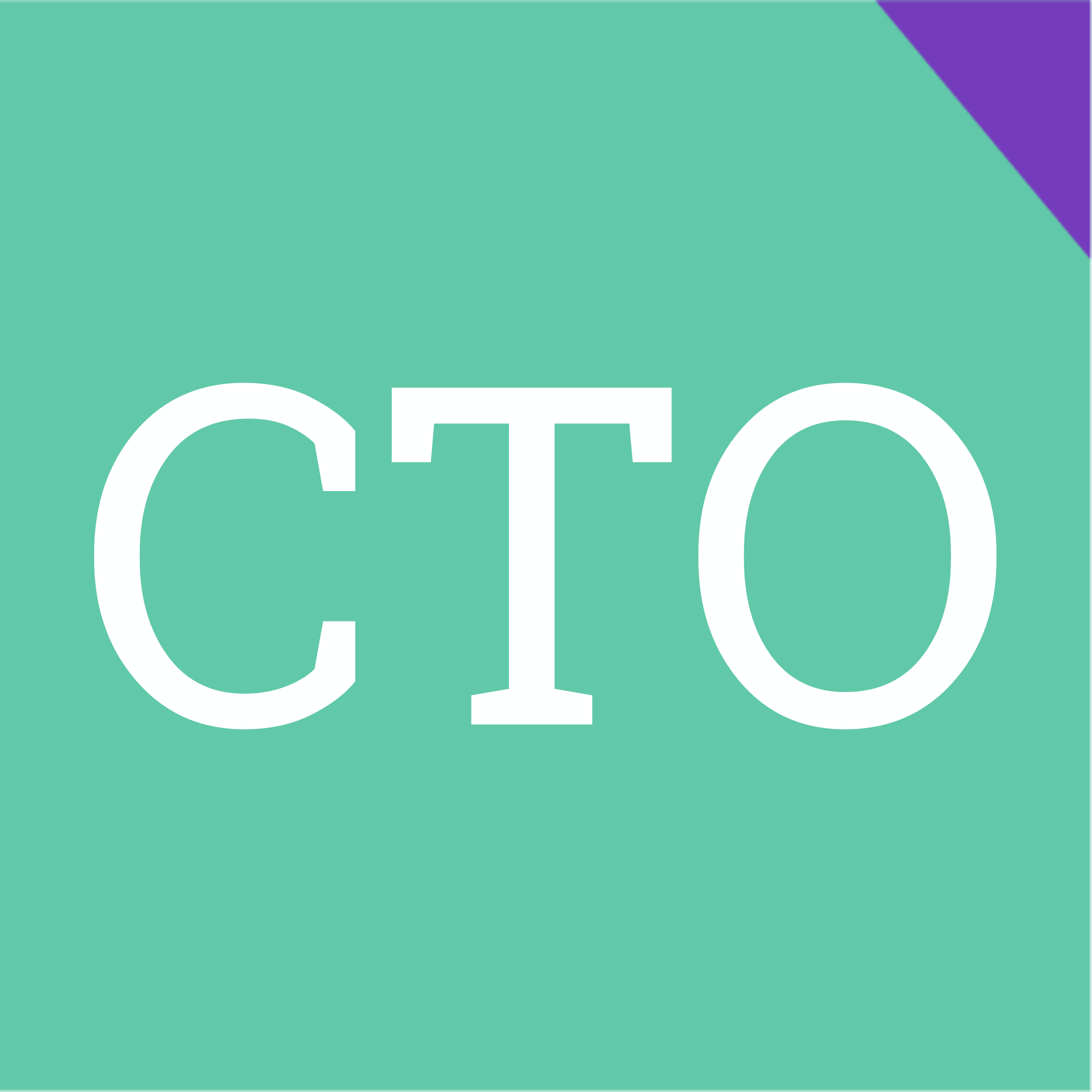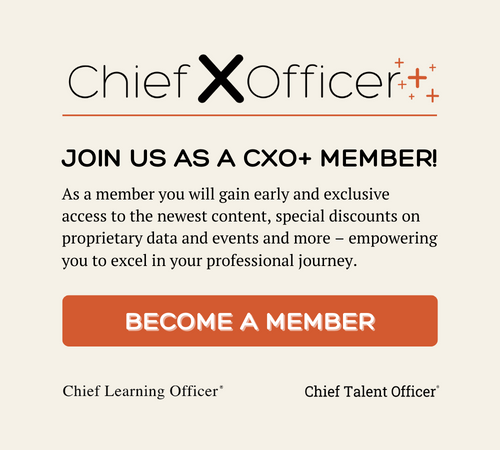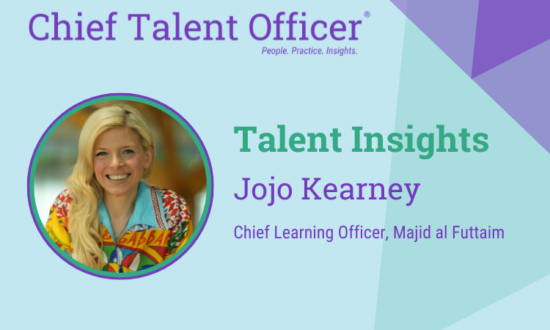
My first job after college was as a high school Spanish teacher. I also coached track and field — a passion of mine since I was a runner in secondary school and college.
As a faculty member, I spent most of my day preparing for and teaching my four classes as well as handing out and correcting the required tests and homework. If the rubric of being a faculty member meant spending 80 percent of my time teaching and 20 percent coaching, I would have gladly flipped those percentages. I greatly looked forward to the physical and mental development that came from my time at the track.
At the beginning of each season when the 60 or so student-athletes assembled around the track for the first time or as returning team members, I would conduct an exercise that set the stage for the upcoming season.
I would give each of them an index card and ask them to come back the next day with an answer to this question: “What are your individual goals for this season?” They would write down what time they wanted to run for a specific distance or how far they wanted to jump in a field event.
I would then ask our coaching staff, “How do those goals contribute to the team?” As coaches, we had to determine how this collection of runners, jumpers and throwers created a well-rounded and competitive team.
This exercise was the 3×5 index card-based equivalent of performance management with SMART goals that we do in talent management today. With goal-setting as the basis for the individual expectations and measurement, coaches could then work with individuals to refine the goals so they were realistic and held some extra performance stretch for individuals.
This bottom-up exercise identified where our team had strengths to be exploited with the competition and gaps to be filled. It’s akin to assessing our work as learning and talent practitioners to gauge organizational capabilities and the associated competencies.
In this case, while the competencies to be developed were distinct for track athletes the process was the same as in our modern-day organizations. Define the team (business) objectives and the underlying competencies to be competitive and then establish the training plan with event (role) specific practice and cross-training to optimize the performance and potential of the team.
In track and field terms, this meant running repetitive drills on the track to build speed and endurance while also stretching to maintain flexibility. The comparable type of deliberate practice in an organizational context might involve practicing public speaking to prepare for a presentation to an executive team. Or similar to trying a new event for the first time, it could be participating in a new project or job rotation that develops new skills and opens the door to fresh interests.
As is the case with a performance management system, setting goals combined with a training plan that works toward those targets is a good starting point. However, feedback along the way is critical to evaluating progress and correcting course.
This feedback process took place in two ways on the track: first through situational evaluation directly after a race or event with discussion on the areas that went well and those that could be improved; and then by reverting to the index cards and a midseason check-in to review the progress being made toward established goals.
This progress check encompassed the gamut of increasing practice intensity, adding more recovery or even visualization of goals-attainment to increase confidence, all with the goal of hitting peak performance at the end of the season in time for the championships.
As I draw these comparisons between my track and field coaching experience and contemporary performance management processes, the relevance for practitioners is to focus on individual and team alignment by setting goals, training with intention toward those goals and providing continuous feedback along the way.
Whether using a talent management platform or my old-fashioned 3×5 index cards this planning process is fundamental to team and organizational performance.
Dave DeFilippo is chief learning officer for Suffolk. He can be reached at editor@CLOmedia.com.















